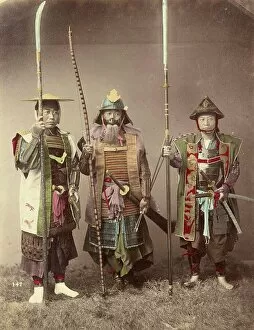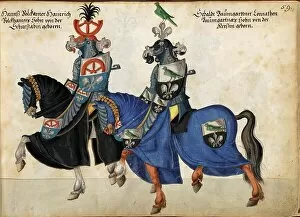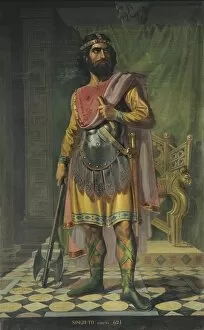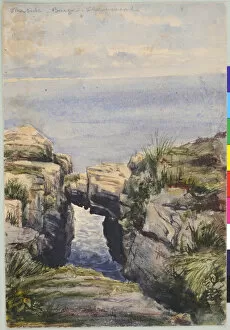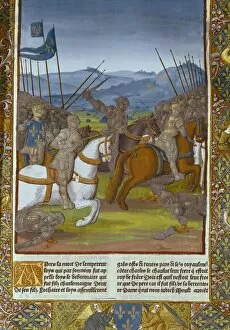Armours Collection
Armours have played a significant role throughout history, from the Hunting Alphabet to tournaments in Castle Square
All Professionally Made to Order for Quick Shipping
Armours have played a significant role throughout history, from the Hunting Alphabet to tournaments in Castle Square. These iconic pieces of protective gear were celebrated and commemorated in various cultures and time periods. In the 6th century, King Sisebuto of the Visigoths showcased his regal power by donning an impressive suit of armour. This tradition continued into the Carolingian Empire during the 8th century, where duels between knights clad in shining armours took place in Castle Square. Even the Army of the Roman Empire recognized the importance of armours, as officers would review their troops while wearing these formidable suits. The Codex Capodilista from 1443 depicts a knight adorned with intricate armour, showcasing both its functionality and artistic value. Armour was not limited to Europe alone; Greece also had its share of warriors fully equipped with armours. A digital reproduction from an original 19th-century pattern reveals how Greek warriors embraced this historical fashion trend. Traveling eastward to Japan around 1870, samurai warriors could be seen sporting their typical uniform - lances and swords included - all covered by sturdy armours. Thanks to digitally restored reproductions, we can now appreciate these historic relics from that era. Jousting tournaments held great significance during medieval times. In Nuremberg, Germany in 1650, a knight on horseback dazzled spectators with his decorative armour at one such tournament. Digitally restored reproductions allow us to relive this momentous event centuries later. The influence extended beyond battles and tournaments; they even found their way into literature like Regia Carmina by Convenevole da Prato (h. 1270-1338). This poetic work immortalized knights clad in shining armor as symbols of chivalry and bravery. During the Hundred Years War, King Edward led sieges wearing imposing suits of armour like those depicted in the Tapestry of Pastrana.



